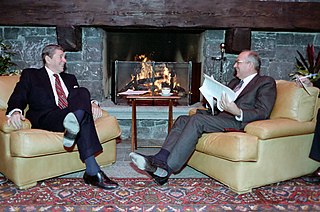 W
WA superpower is a state with a dominant position characterized by its extensive ability to exert influence or project power on a global scale. This is done through the combined means of economic, military, technological and cultural strength as well as diplomatic and soft power influence. Traditionally, superpowers are preeminent among the great powers.
 W
WThe Achaemenid Empire, also called the First Persian Empire, was an ancient Iranian empire based in Western Asia founded by Cyrus the Great. Ranging at its greatest extent from the Balkans and Eastern Europe proper in the west to the Indus Valley in the east, it was larger than any previous empire in history, spanning 5.5 million square kilometers. It is notable for its successful model of a centralised, bureaucratic administration, for its multicultural policy, for building infrastructure such as road systems and a postal system, the use of an official language across its territories, and the development of civil services and a large professional army. The empire's successes inspired similar systems in later empires.
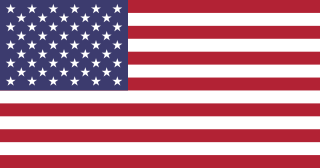 W
WThe American Century is a characterization of the period since the middle of the 20th century as being largely dominated by the United States in political, economic, and cultural terms. It is comparable to the description of the period 1815–1914 as Britain's Imperial Century. The United States' influence grew throughout the 20th century, but became especially dominant after the end of World War II, when only two superpowers remained, the United States and the Soviet Union. After the dissolution of the Soviet Union in 1991, the United States remained the world's only superpower, and became the hegemon, or what some have termed a hyperpower.
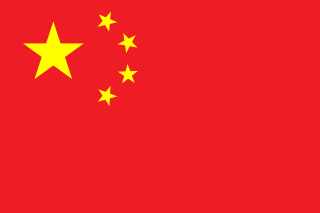 W
WThe Chinese Century is a neologism suggesting that the 21st century will be geopolitically dominated by the People's Republic of China, similar to how "the American Century" refers to the 20th century and "Pax Britannica" refers to the 19th. The phrase is used particularly in the assertion that the economy of China will overtake the economy of the United States as the largest national economy in the world, a position it held in the 16th, 17th century and early 19th century. The Economist has argued that the "Chinese Century" has already begun, citing China's overtaking of the U.S economy in 2013, if calculated on a purchasing-power-parity basis.
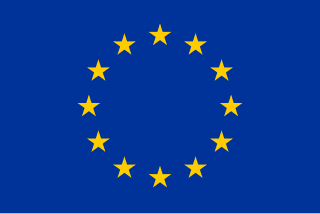 W
WThe European Union (EU) has been called an potential superpower by scholars and academics like T. R. Reid, Andrew Reding, Andrew Moravcsik, Mark Leonard, Jeremy Rifkin, John McCormick and some politicians such as Romano Prodi and Tony Blair. They believe that the EU is a superpower, or will become one, in the 21st century – while noting that the concept of "superpower" has changed to one of soft power rather than the hard (military) superpowers of the 20th century. Others have challenged their views.
 W
WThe Republic of India is considered one of the emerging superpowers of the world. This potential is attributed to several indicators, the primary ones being its demographic trends and a rapidly expanding economy. In 2015, India became the world's fastest growing economy with a 7.5% estimated GDP rate. The country must overcome many economic, social, and political problems before it can be considered a superpower. It is also not yet as influential on the international stage when compared to the United States and former Soviet Union.
 W
WThe Indian Century is the idea that the 21st century will be dominated by India, as the 20th century is often called the American Century, and the 19th century as Pax Britannica. The phrase is used particularly in the assertion that the economy of India could overtake the economy of the United States and economy of China as the largest national economy in the world, a position it held from 1 to 1500 CE and in 1700 CE.
 W
WThe Medes were an ancient Iranian people who spoke the Median language and who inhabited an area known as Media between western and northern Iran. Around the 11th century BC, they occupied the mountainous region of northwestern Iran and the northeastern and eastern region of Mesopotamia located in the region of Hamadan (Ecbatana). Their emergence in Iran is believed to have occurred during the 8th century BC. In the 7th century BC, all of western Iran and some other territories were under Median rule, but their precise geographic extent remains unknown.
 W
WThe Parthian Empire, also known as the Arsacid Empire, was a major Iranian political and cultural power in ancient Iran. Its latter name comes from its founder, Arsaces I, who led the Parni tribe in conquering the region of Parthia in Iran's northeast, then a satrapy (province) under Andragoras, in rebellion against the Seleucid Empire. Mithridates I (r. c. 171–132 BC) greatly expanded the empire by seizing Media and Mesopotamia from the Seleucids. At its height, the Parthian Empire stretched from the northern reaches of the Euphrates, in what is now central-eastern Turkey, to eastern Iran. The empire, located on the Silk Road trade route between the Roman Empire in the Mediterranean Basin and the Han dynasty of China, became a center of trade and commerce.
 W
WA potential superpower is a state or a political and economic entity that is speculated to be—or to have the potential to soon become—a superpower.
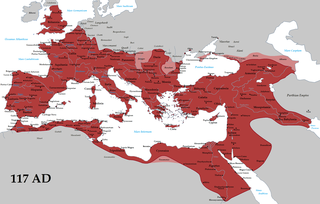 W
WThe Roman Empire was the post-Republican period of ancient Rome. As a polity it included large territorial holdings around the Mediterranean Sea in Europe, Northern Africa, and Western Asia ruled by emperors. From the accession of Caesar Augustus to the military anarchy of the third century, it was a principate with Italy as metropole of the provinces and the city of Rome as sole capital. Although fragmented briefly during the military crisis, the empire was forcibly reassembled, then ruled by multiple emperors who shared rule over the Western Roman Empire and over the Eastern Roman Empire. Rome remained the nominal capital of both parts until 476 AD, when the imperial insignia were sent to Constantinople, following the capture of Ravenna by the barbarians of Odoacer and the subsequent deposition of Romulus Augustulus. The fall of the Western Roman Empire to Germanic kings, along with the hellenization of the Eastern Roman Empire into the Byzantine Empire, conventionally marks the end of Ancient Rome and the beginning of the Middle Ages.
 W
WThe Sasanian Empire or Sassanid Empire, officially known as the Empire of Iranians, and called the Neo-Persian Empire by historians, was the last Persian imperial dynasty before the arrival of Islam in the mid seventh century AD. Named after the House of Sasan, it endured for over four centuries, from 224 to 651 AD, making it the longest-lived Persian dynasty. The Sasanian Empire succeeded the Parthian Empire, and reestablished the Iranians as a superpower in late antiquity, alongside its neighbouring arch-rival, the Roman-Byzantine Empire.
 W
WThe Seleucid Empire was a Hellenistic state in Western Asia that existed from 312 BC to 63 BC. It was founded by Seleucus I Nicator following the division of the Macedonian Empire established by Alexander the Great. After receiving Babylonia in 321 BC, Seleucus expanded his dominions to include much of Alexander's near-eastern territories, establishing a dynasty that would rule for over two centuries. At its height, the empire spanned Anatolia, Persia, the Levant, Mesopotamia, and what are now Kuwait, Afghanistan, and parts of Turkmenistan.
 W
WThe Soviet Union, officially the Union of Soviet Socialist Republics (USSR), was a federal socialist state in Northern Eurasia that existed from 1922 to 1991. Nominally a union of multiple national Soviet republics, it was a one-party state governed by the Communist Party, with Moscow as its capital in its largest republic, the Russian SFSR. Other major urban centers were Leningrad, Kiev, Minsk, Tashkent, Alma-Ata and Novosibirsk. It was the largest country in the world by surface area, spanning over 10,000 kilometers (6,200 mi) east to west across 11 time zones and over 7,200 kilometers (4,500 mi) north to south. Its territory included much of Eastern Europe, parts of Northern Europe, and all of Northern and Central Asia. Its five climate zones were tundra, taiga, steppes, desert, and mountains. Its diverse population was collectively known as Soviet people.
 W
WThe United States of America (USA), commonly known as the United States or America, is a country primarily located in central North America, between Canada and Mexico. It consists of 50 states, a federal district, five self-governing territories, and several other island possessions. At 3.8 million square miles, it is the world's third- or fourth-largest country by total area. With a population of over 328 million, it is the third most populous country in the world. The national capital is Washington, D.C., and the most populous city is New York City.